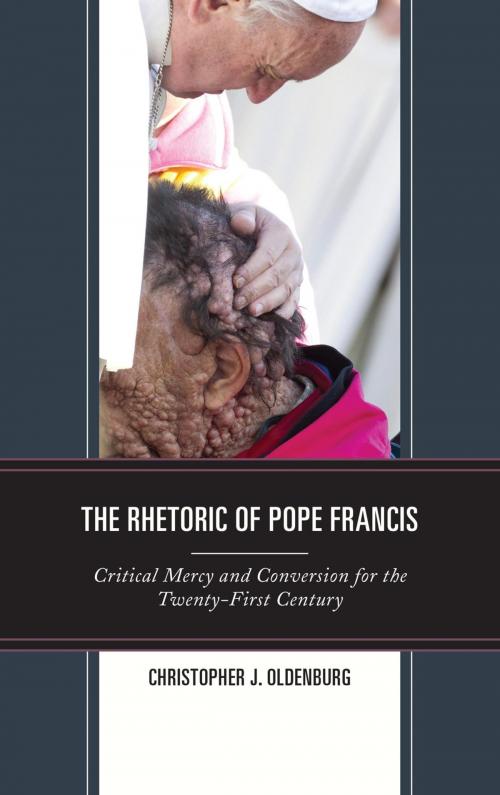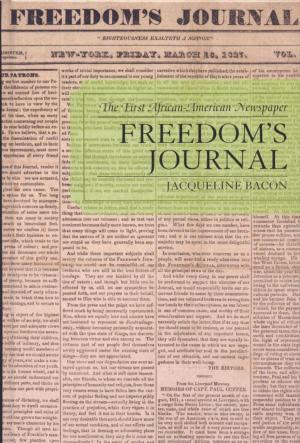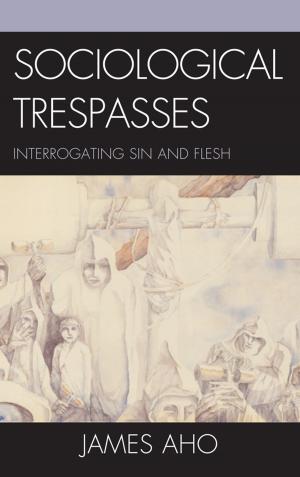The Rhetoric of Pope Francis
Critical Mercy and Conversion for the Twenty-First Century
Nonfiction, Reference & Language, Language Arts, Public Speaking, Rhetoric, Religion & Spirituality, Christianity, Denominations, Catholic, Catholicism| Author: | Christopher J. Oldenburg | ISBN: | 9781498572378 |
| Publisher: | Lexington Books | Publication: | October 17, 2018 |
| Imprint: | Lexington Books | Language: | English |
| Author: | Christopher J. Oldenburg |
| ISBN: | 9781498572378 |
| Publisher: | Lexington Books |
| Publication: | October 17, 2018 |
| Imprint: | Lexington Books |
| Language: | English |
What is it about the rhetoric of one the most influential and powerful religious leaders in the world and in history—Pope Francis—that is so engaging and yet so challenging to the Church writ large, the American Congress, the news media, and the world? The Rhetoric of Pope Francis: Critical Mercy and Conversion for the Twenty-first Century provides extensive insight into this question through a close, in-depth rhetorical analysis of Pope Francis’s visual, spatial, tactile, written, and oral discourse. This analysis reveals how the interrelated topoi of illness, space, mercy, and conversion converge to articulate Francis’s vision for the Church. Under Francis, the Catholic Church’s virtue of mercy gets renewed and redeployed to papal, pastoral, and political sites for the purpose of conversion. Each chapter identifies several of Francis’s dominant rhetorical strategies. These “pope tropes” take the form of existing and widely held Catholic beliefs that, while stable, still invite interpretation, disputation, and open dialogue. Studying Francis’s various discourses provides us with an exemplary paradigm from which we can learn much about faith, humility, love, and papal rhetoric’s transformative capacity to help us live more compassionate lives.
What is it about the rhetoric of one the most influential and powerful religious leaders in the world and in history—Pope Francis—that is so engaging and yet so challenging to the Church writ large, the American Congress, the news media, and the world? The Rhetoric of Pope Francis: Critical Mercy and Conversion for the Twenty-first Century provides extensive insight into this question through a close, in-depth rhetorical analysis of Pope Francis’s visual, spatial, tactile, written, and oral discourse. This analysis reveals how the interrelated topoi of illness, space, mercy, and conversion converge to articulate Francis’s vision for the Church. Under Francis, the Catholic Church’s virtue of mercy gets renewed and redeployed to papal, pastoral, and political sites for the purpose of conversion. Each chapter identifies several of Francis’s dominant rhetorical strategies. These “pope tropes” take the form of existing and widely held Catholic beliefs that, while stable, still invite interpretation, disputation, and open dialogue. Studying Francis’s various discourses provides us with an exemplary paradigm from which we can learn much about faith, humility, love, and papal rhetoric’s transformative capacity to help us live more compassionate lives.















